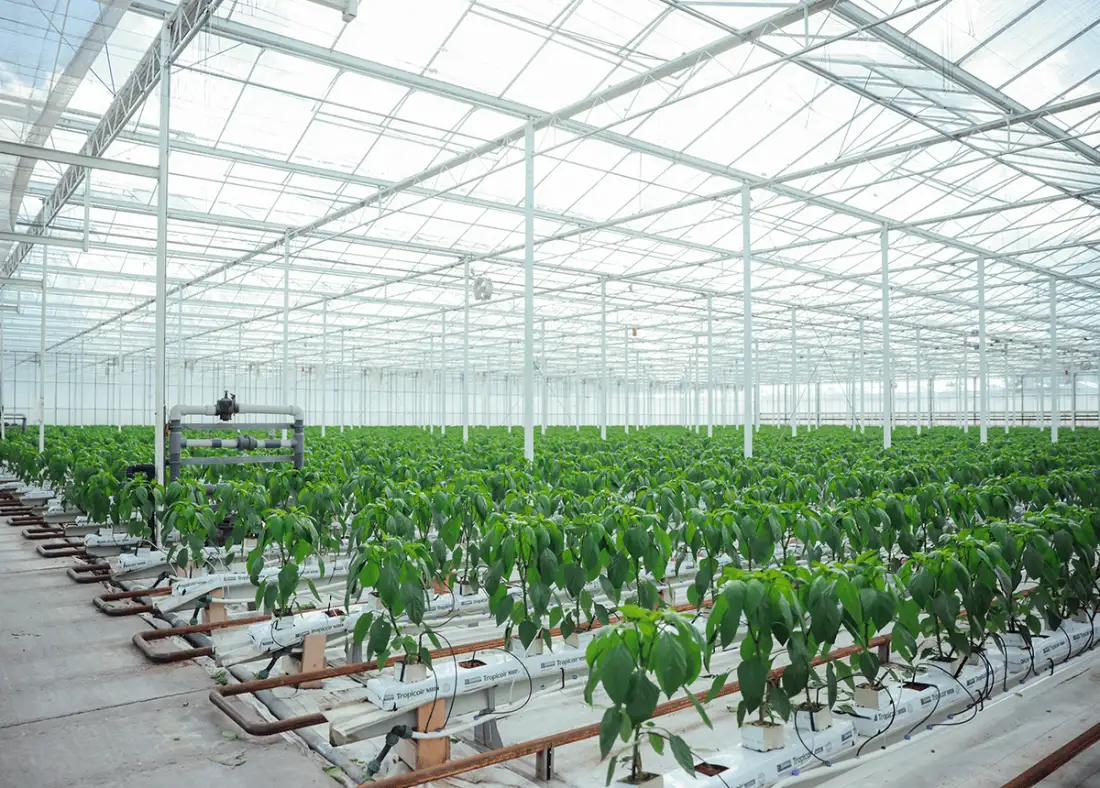Your energy efficiency journey starts here
Discover free tailored tools and resources to help your business in the covered cropping sector save money and be more energy efficient.
Greener greens with less waste
Marlborough-based herb and salad green growers, Thymebank, have switched from coal to wood waste and nut shells for their glasshouse heating.
The company discovered operating costs fell after the switch to biomass. They no longer had to pay for coal and eliminated their obligation to pay for carbon emissions, with ongoing production costs lower.
Tools and resources
You’re keen to make your growing business more energy efficient. You know it’ll help you reduce costs, create value, and future-proof your business. But you also might be wondering where to start – don’t worry, we've got you covered.
Simply follow our 5-step pathway below to discover practical tools and resources to help you identify, measure, and lower your energy use. Work your way through them at your own pace, put the lessons into practice, and start seeing results.
The Covered Cropping Pathway starts with energy efficiency. The end goal is to move away from fossil fuels, but by first taking steps to improve existing processes, equipment and operations, your transition will be more efficient and more cost effective.
The pathway has been broken down into 5 steps. Each step provides practical information for New Zealand growers, no matter how far along the energy efficiency journey you are.

Step 1: Increase engagement and awareness
Understanding how to prioritise your efforts is a crucial first step. Here you'll find out how to focus your work, while also engaging your staff.
Step 2: Measure energy use and set targets
The most important step in energy management and conservation is measuring and accounting for energy consumption. In this section, you’ll learn how to calculate a baseline for your energy use, so you can gauge how your business is performing and track progress against future improvements.
Step 3: Optimise equipment and improve processes
Reviewing and adjusting the way your equipment is performing can be a big win for energy reduction, cost reduction, and increased productivity.
Step 4: Reduce energy demand
New technology or upgrades to existing processes can reduce energy demand.
Step 5: Switching to alternative fuel options
Fuel switching to alternative energy sources is the final step to becoming more energy efficient. By following steps 1-4, you'll be in the best position to make an informed decision about fuel switching, in the most cost-effective way.
Case studies
-
Electrifying the orchard
How a Burro autonomous electric vehicle is powering a smarter future at 45 South Cherries.
- Case study
- Electricity
- Innovation
-
Full steam ahead for Meadow Mushrooms' net zero carbon goal
New Zealand’s leading mushroom grower is committed to reducing carbon emissions.
- Co-funding
- Innovation
-
Indoor cropping | Innovative emissions reductions
Three indoor cropping business have saved costs and carbon emissions by adopting fresh technologies – thermal screens, dehumidifying heat pumps and LED grow lights
Wayfinder
-
Stay up to date as we release new resources
-
Find other support opportunities
-
Browse sector pathways




